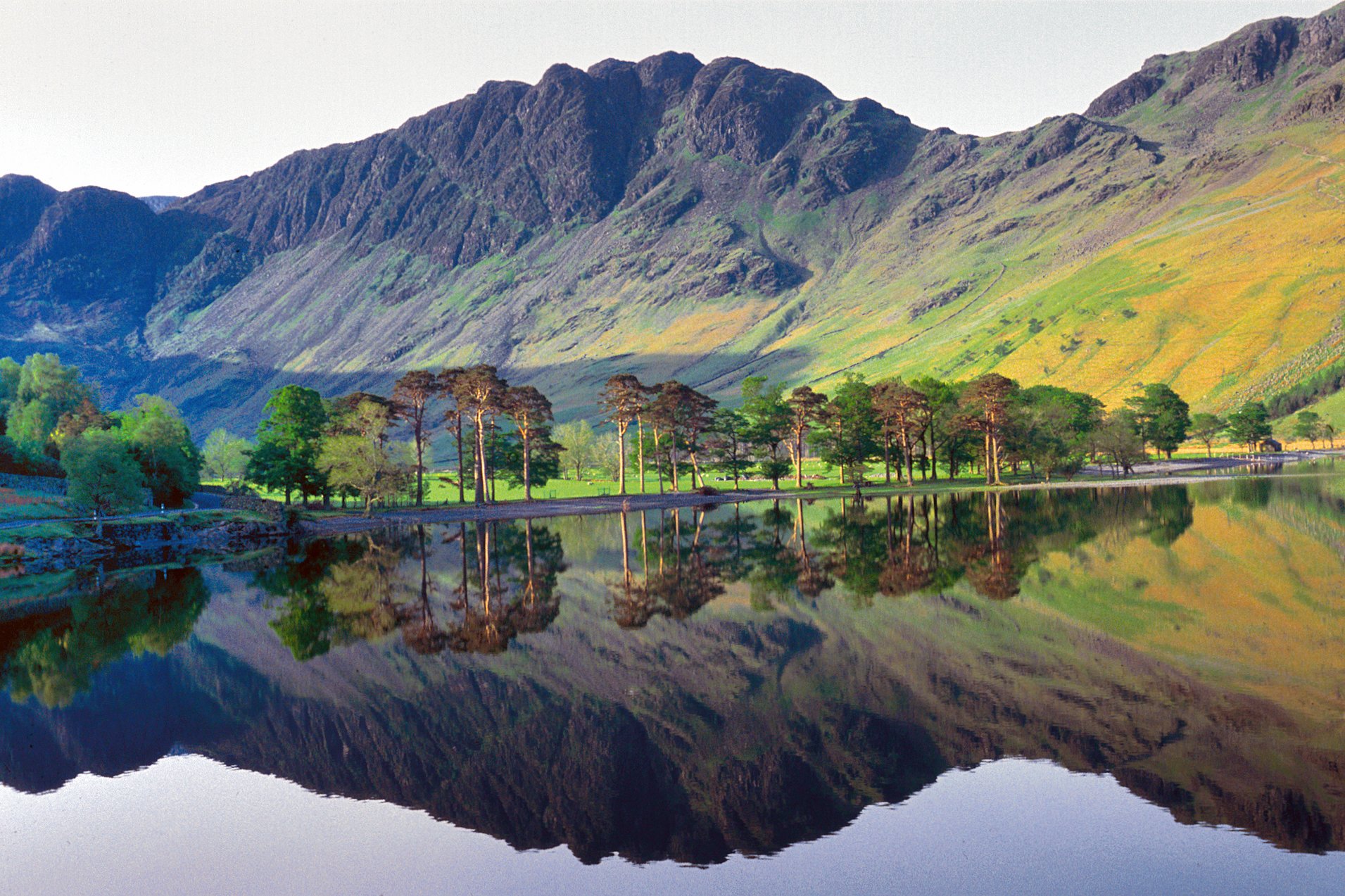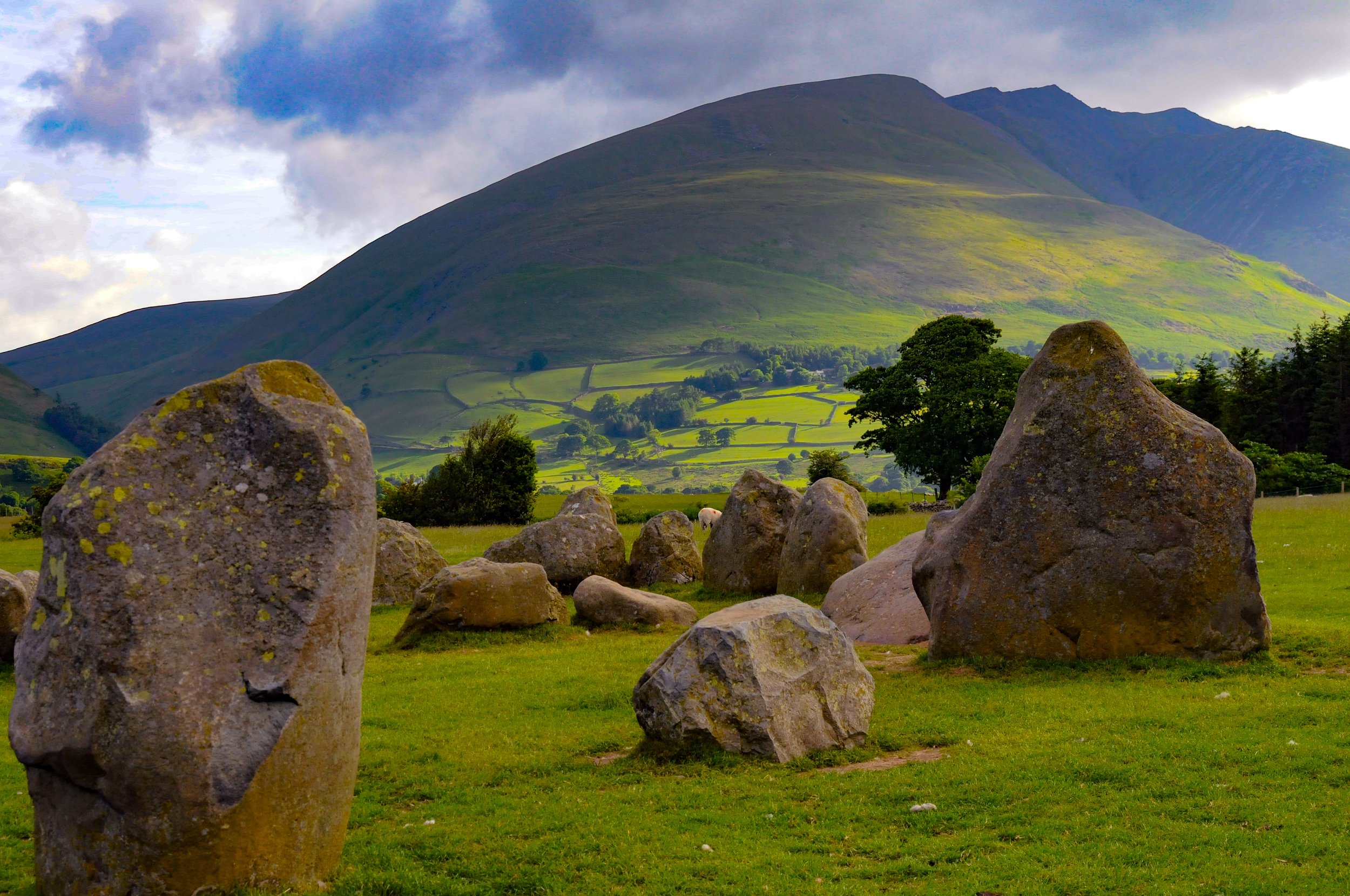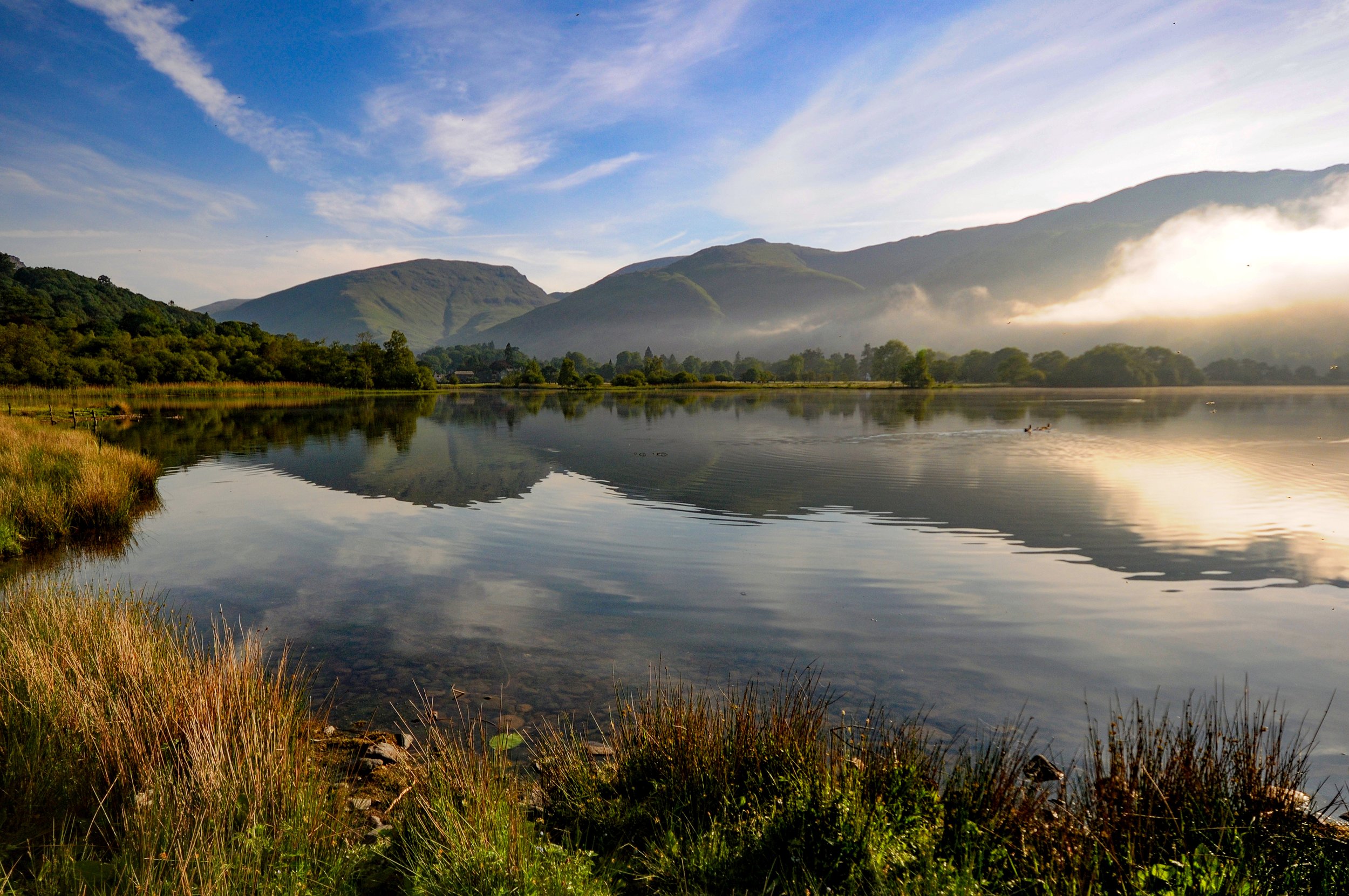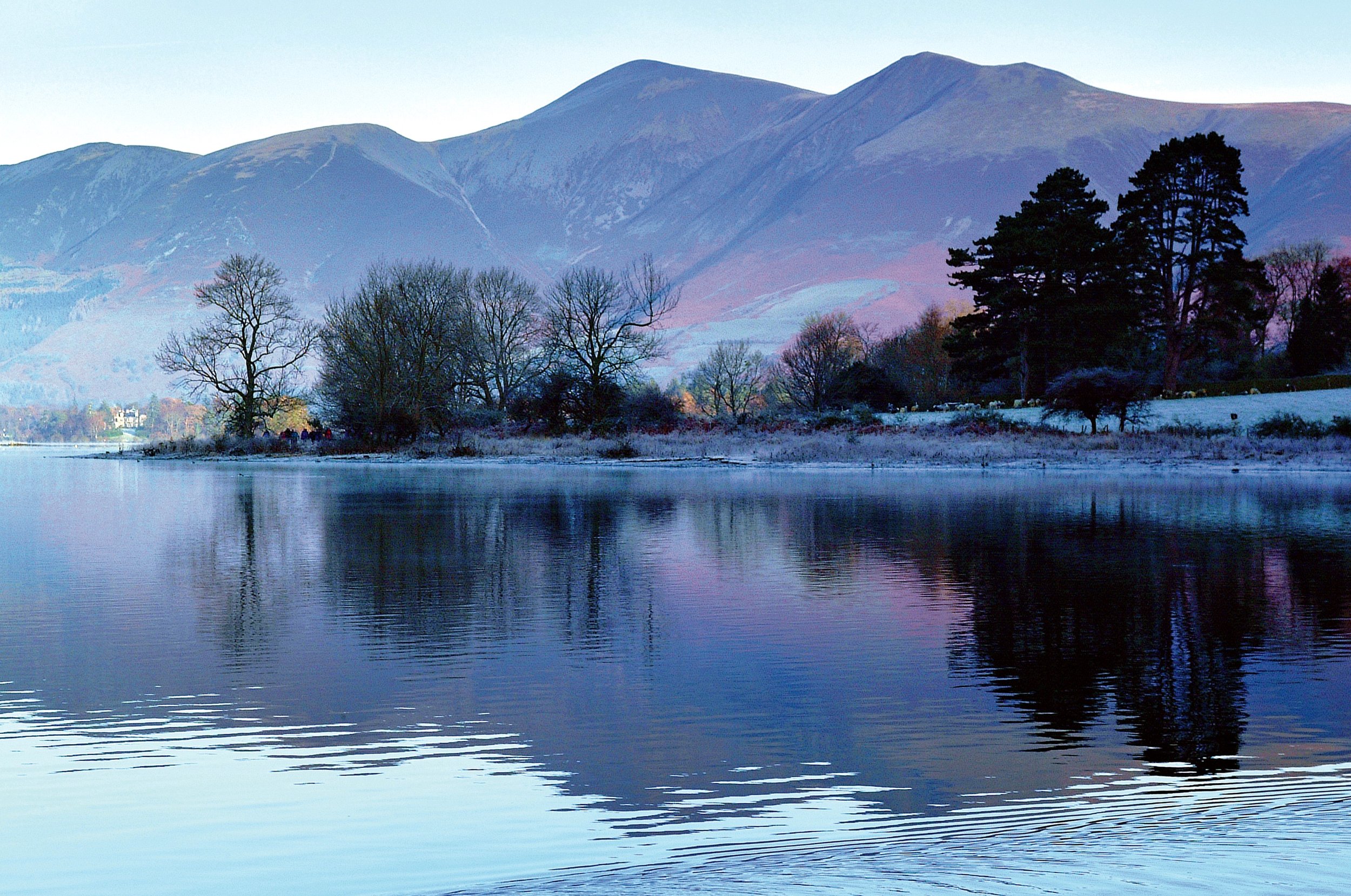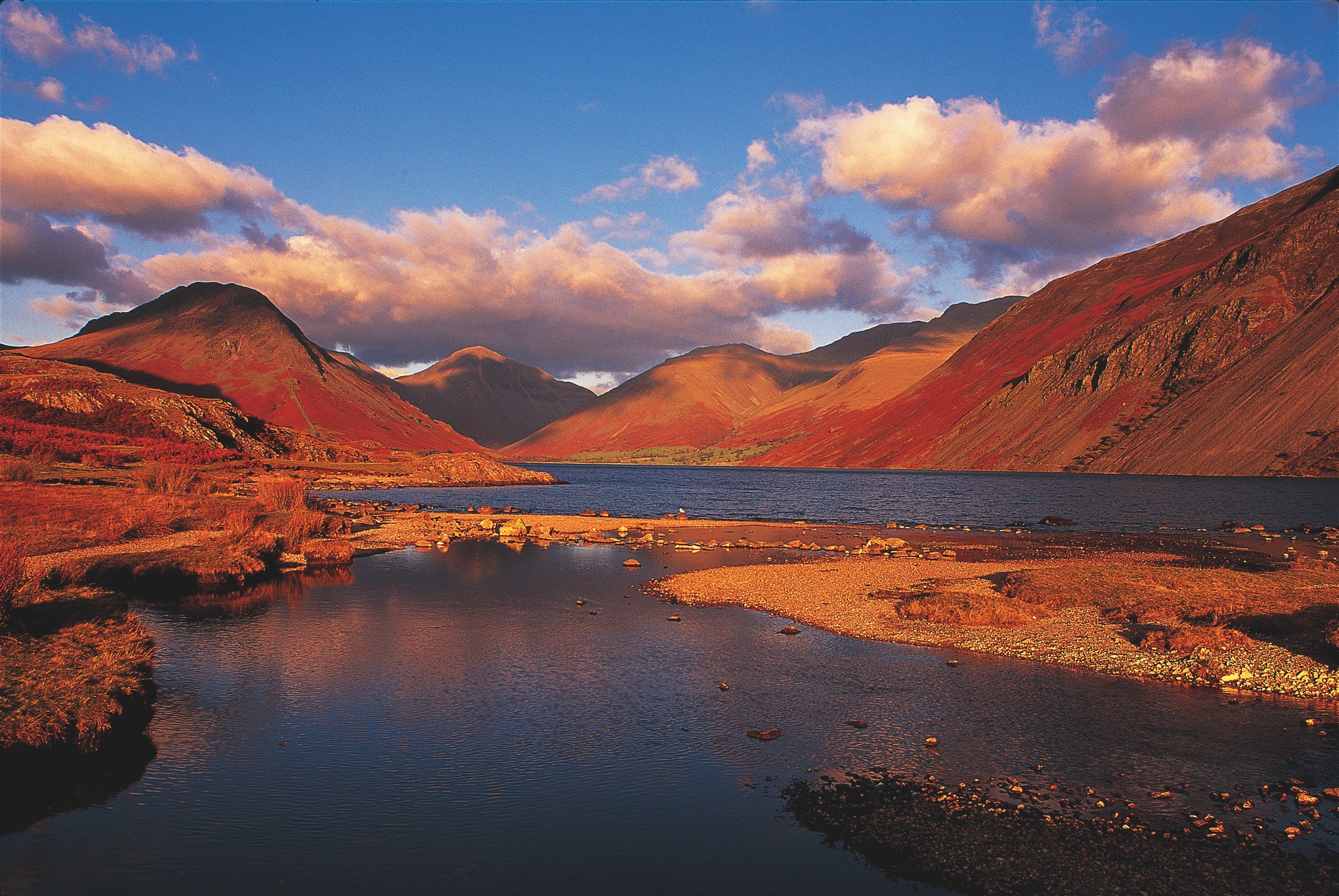An Introduction to the Lake District
The Lake District is arguably the most beautiful corner of England. It is compact and varied and has a landscape of such intense beauty that it mesmerised the C19 poets leaving them lost for words. Hundreds of thousands visit the popular tourist towns and lakes each year but away from these honey pots lie often deserted and secluded valleys, tarns and dales.
The Lakes has attracted fifty thousand plus publications which if heaped together would create a mountain to rival Scafell. However, the intention of this Travel Diary (Blog) is not to compete with the thousands of previous publications but to highlight the many features of interest and beauty, in this area. And this includes accommodation, where to eat and drink, and what to see and do. Of course, this is but a Taster to encourage you to buy our Guidebook which is much more than that. It is an “Appreciation” - a book to treasure.
The classic guide was written by one of Lakeland’s most famous sons in 1810, and William Wordsworth’s ‘Guide to the Lakes’ is still in print today. For the fell walker, the most comprehensive companions are Alfred Wainwright’s series of Pictorial Guides to the Lakeland Fells, and the Ordnance Survey 1: 25,000 Outdoor Leisure maps.
The area is divided into three areas. The Northern Divide was formed by 5,000 million year old Skiddaw Slate, the substance of the mountains Skiddaw and Blencathra. The Central Zone includes Borrowdale’s Volcanic Rock, which moulded the ranges of Scafell, Helvellyn and the Langdale Pikes. Southern Lakeland was created by smoother Silurian rocks, a mere 400 million years old, these provide the softer, wooded landscapes of Coniston and Windermere. The glaciers which followed the Ice Age swept through the valley floors, excavating huge bowls which formed the lakes.
Wind, rain and running water have scarred the landscape, which is forever changing. Man has built dams and created tarns, artificial lakes and forests.
Man has occupied these fells for more than 5,000 years. Neolithic settlers cleared the woodlands and built stone axe factories. Later, Iron Age tribes built strategic hill forts. The Romans occupied the area from AD45 to the 5th Century and built a chain of settlements, forts and roadways which crossed the high fells. They also developed the mining of local minerals. The Norse Invaders in the 8th Century left the legacy of ancient crosses and their language. During the Norman Occupation, the land was divided and managed by the Abbeys at Furness, St. Bees and Holm Cultram, who developed an early woollen industry which later boomed in the Middle Ages, and the local cloth, ‘Kendal Green’, reached international fame after it was worn by archers at the battle of Flodden Field. Today the colour is still evident in the town’s lampposts and litter bins.
In the late 18th Century, and early 19th Century, poets and artists discovered this landscape. Their numbers increased, as did the general population and the numbers of tourists with the coming of the railway so staunchly discouraged by William Wordsworth.
The Lake District is England’s only true mountain area. The landscape is grand and spectacular, peaceful and ethereal, and forever changing in mood and tempo. The beauty of the area changes with the seasons but for the active, or passive, enthusiast there is always much to do and see and the best time is always the present. To discover the true lakes, you must travel beyond the photograph or painting and experience the living landscape. Tread a rocky path, get buffeted by wind and rain and dip into a clear mountain beck or pool. Experience the wonderful camaraderie of the fell walker. The thrill of fresh air and exercise will provide a hearty appetite, which can be well catered for in the many excellent hotels, inns and restaurants.
In recent years Britain has seen a resurgence in locally-produced food and Lake District farmers have made sure they weren’t left behind as consumers became more aware of quality, organic produce and food miles. Their meat and produce are now championed by the Made in Cumbria campaign group, and local shops are proud to sell items grown nearby. The Lake District is now claimed to be the UK’s No 1 Day Visitors destination. This may come as no surprise when you see what millions have been spent on new and refurbished hotels: Another Place, The Samling, The Linthwaite House Hotel and Low Wood Bay Resort & Spa. And, parallel to this development, the explosion of Michelin Star restaurants.
However, whatever one’s take on these up-market destinations the Lakes will always be home to places of solitude and reflection, offering many affordable places to stay, be it under canvas or within a van, on a farm or in a pod. Perhaps, a hospitable and affordable hostelry brimming with charm, bonhomie, log fires, comfy sofas, soothing ale and appetising food? To put this into perspective. A good Mountain Tent will cost you the same as one night in one of the posh hotels described, hitherto.


